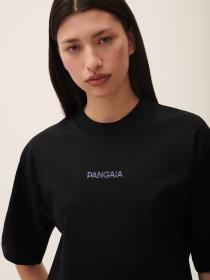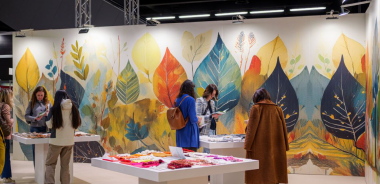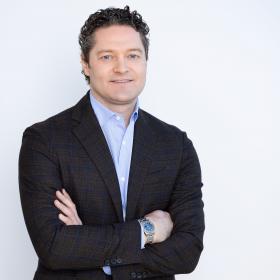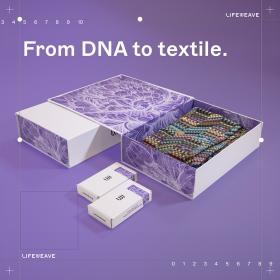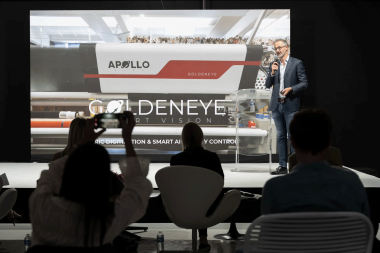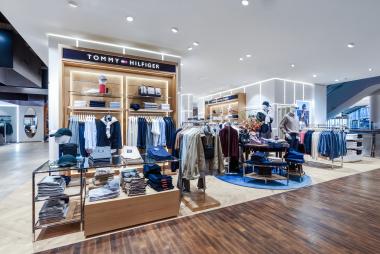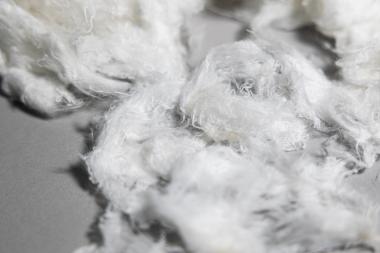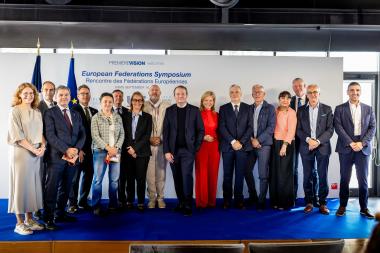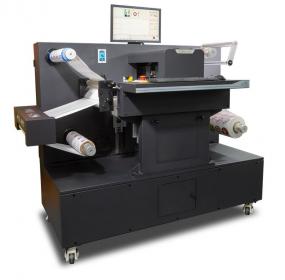Mammut: ‘Mountainwear Misuse’ Campain Built To Press Buttons
As technical apparel hits the streets, the mountain-focused Swiss brand Mammut is making a statement: mountain wear is for the peaks, not for the pavements! The twist? How they’re backing it up.
Responding to the trend of overusing shell jackets, puffers, and other outdoor-engineered clothing as fashion or statement pieces, Mammut’s Fall/Winter 25/26 campaign is set to provoke debate, with ad spots already calling out “mountainwear misuse” on the streets of London. The response? The community both loves and hates it, filling comment threads with discussion over just where technical mountainwear truly belongs.
But the campaign has only just begun. After releasing the Mission Impossible-style edit shot in London, the Mountainwear Misuse Advisory Panel (aka Mammut´s Marketing Department) returned to Switzerland to create a mockumentary skit series featuring Canadian comedian and influencer Katie Burrell as both talent and director.
The creative was shot at Mammut Headquarters in Seon and in downtown Zürich. Joining Katie were renowned Mammut athletes Jakob Schubert and Lindsey Hamm, along with influencers Jannick Apitz and Tegan Phillips.
It’s the lead-up to the final act: making it real. Mammut is pleased to add real-world mountain enthusiasts Cara Nemelka and Marius Isman to the Mountainwear Misuse Ranger team.
The rangers will make it real by taking the newly formed team to Munich’s Oktoberfest, where puffy jackets and shells are sure to adorn the shoulders of revelers who are definitely not headed to the mountains.
Of course, the mission to curb Mountainwear Misuse comes straight from the top — Mammut CEO Heiko Schäfer has weighed in on the topic:
“After years of exile on city sidewalks, Mammut’s mountaineering apparel is finally being liberated. Thanks to Mountainwear Rescue, down jackets and hardshells are being returned to where they truly belong: glaciers, granite, and into occasional snowstorms. Let’s face it – a hardshell jacket doesn’t dream of espresso foam; it dreams of powder snow, and Gore-Tex wasn’t invented to protect you from latte spills!”
eyesprint communication für Mammut






